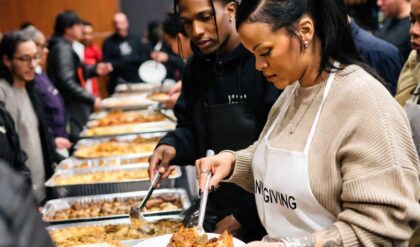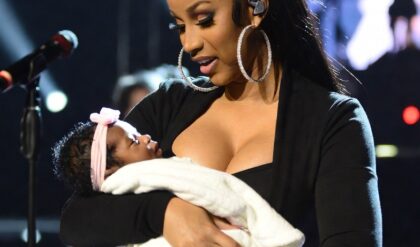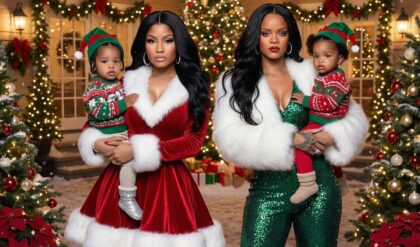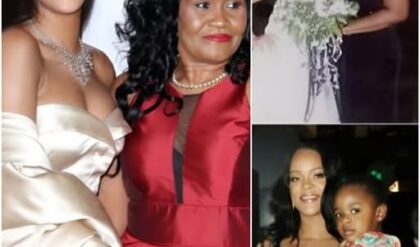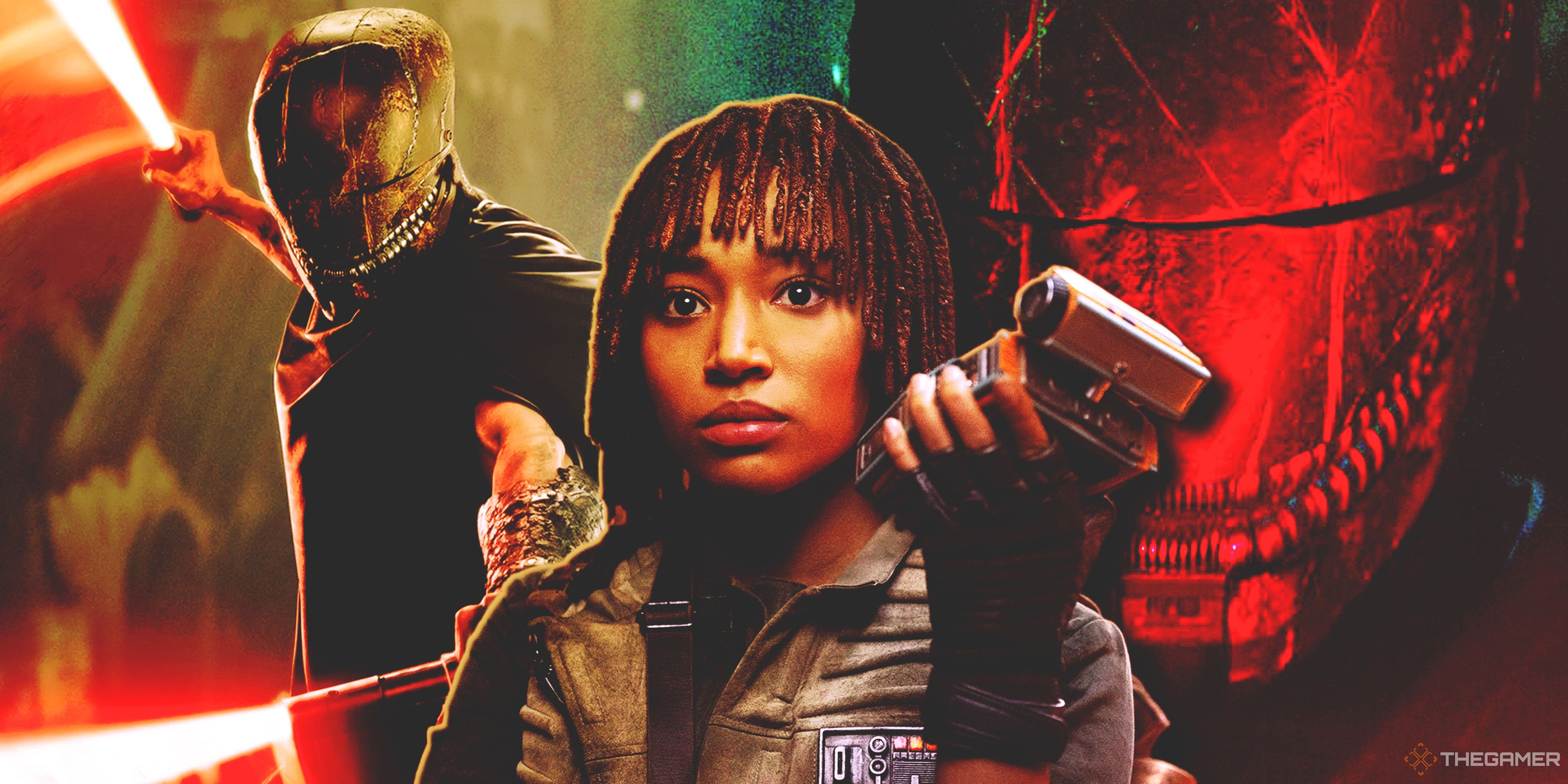
Theories abound, nonetheless. People think Qimir is the big villain, because the show heavily implies that he’s a Sith. Some fans think Koril, who seems to have escaped her coven’s fate, is mind-controlling Qimir and guiding Mae through him. Others think Sol is the secret big bad, bound to fall to the Dark Side because of his strong emotions and attachments.
Yet the more I watch and think about The Acolyte, the more clear it becomes to me that the show is very explicitly challenging the idea of absolutes with the metaphor of duality and balance. The latest episode in particular fills in the gaps of Osha’s memories of what happened the day her coven was killed, showing us the perspective of the Jedi that saved her. It makes clear that what happened that day was not caused by the villainy of one side or another, but by misguided actions and a cascade of mistakes made by everyone involved. Evil was nowhere to be found – none of these people are bad.
In fact, everything is a mirror. Sol desperately wants a Padawan, which drives him to ‘save’ Osha from what he thinks is a ghastly fate. Qimir wants an acolyte, which is ostensibly the reason he began to train Mae. Sol’s life with the Jedi leads him to reject Aniseya’s coven as a bizarre witch cult that the children must be rescued from, while the coven’s rejection of Jedi rules and principles leads them to hostility towards the Jedi and creates tension between the two groups. Sol only thinks the coven is evil because he doesn’t understand them, thinking that the children are tools who will be sacrificed, but he doesn’t realise that’s exactly what the Jedi do.
The Acolyte is interesting because it challenges the idea of heroes and villains. Episode seven, Choice, highlights what the show has been saying throughout its entire first season: the Jedi are not the good guys, they just think they are. They think the Jedi Code protects them from doing harm – it doesn’t. They think their way of using the Force is the only right way – it’s not. They think their particular cult is the correct one – so do all cults.
There’s only one episode of The Acolyte left in this season, and I don’t think fans looking for a villain to point the finger at are going to get what they want. Even if any of these theories are proven right, I don’t think any of these characters are the ‘villain’, because The Acolyte seems to be rejecting the concept of villains entirely. All we have are people who have made some serious mistakes, and the ways they choose to react to them.
